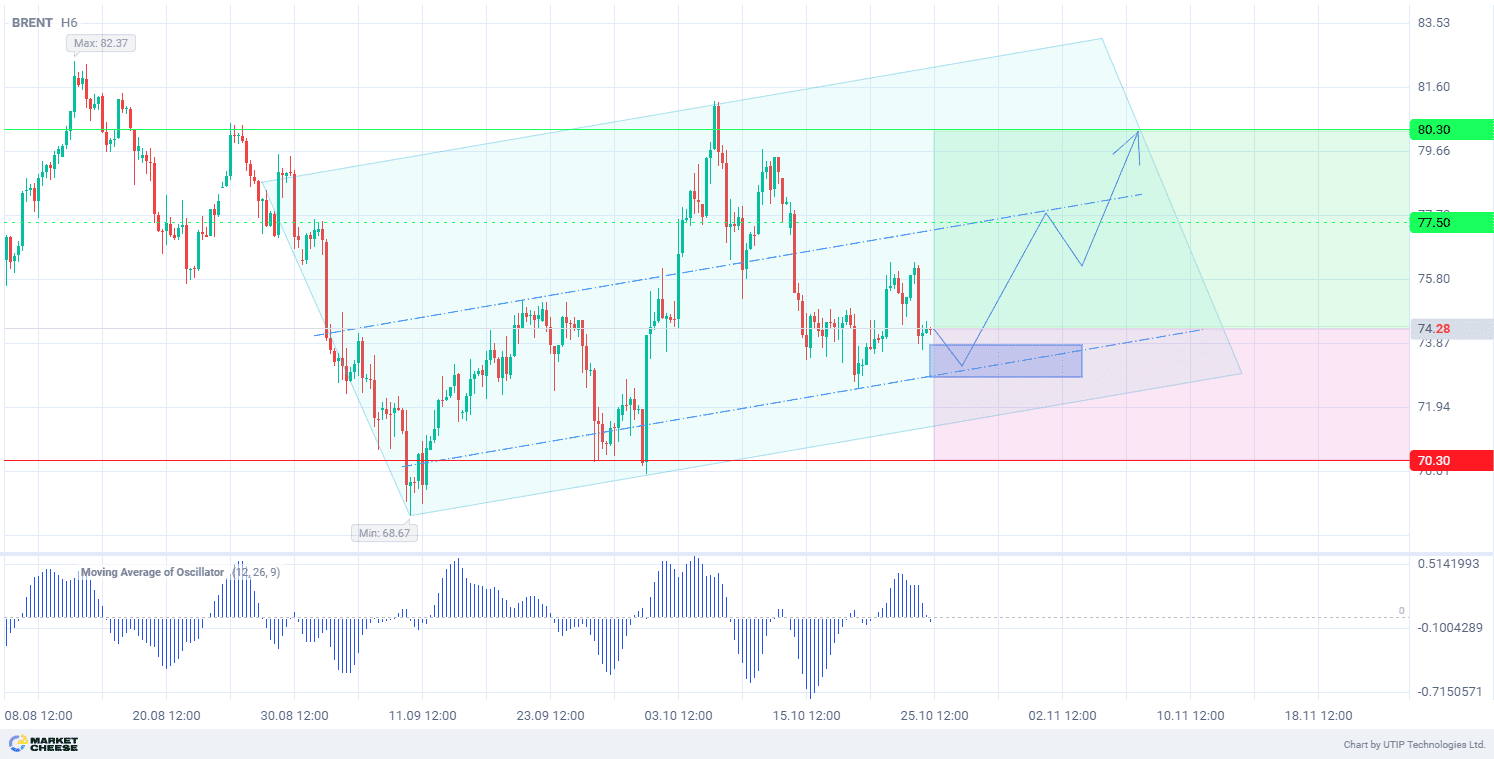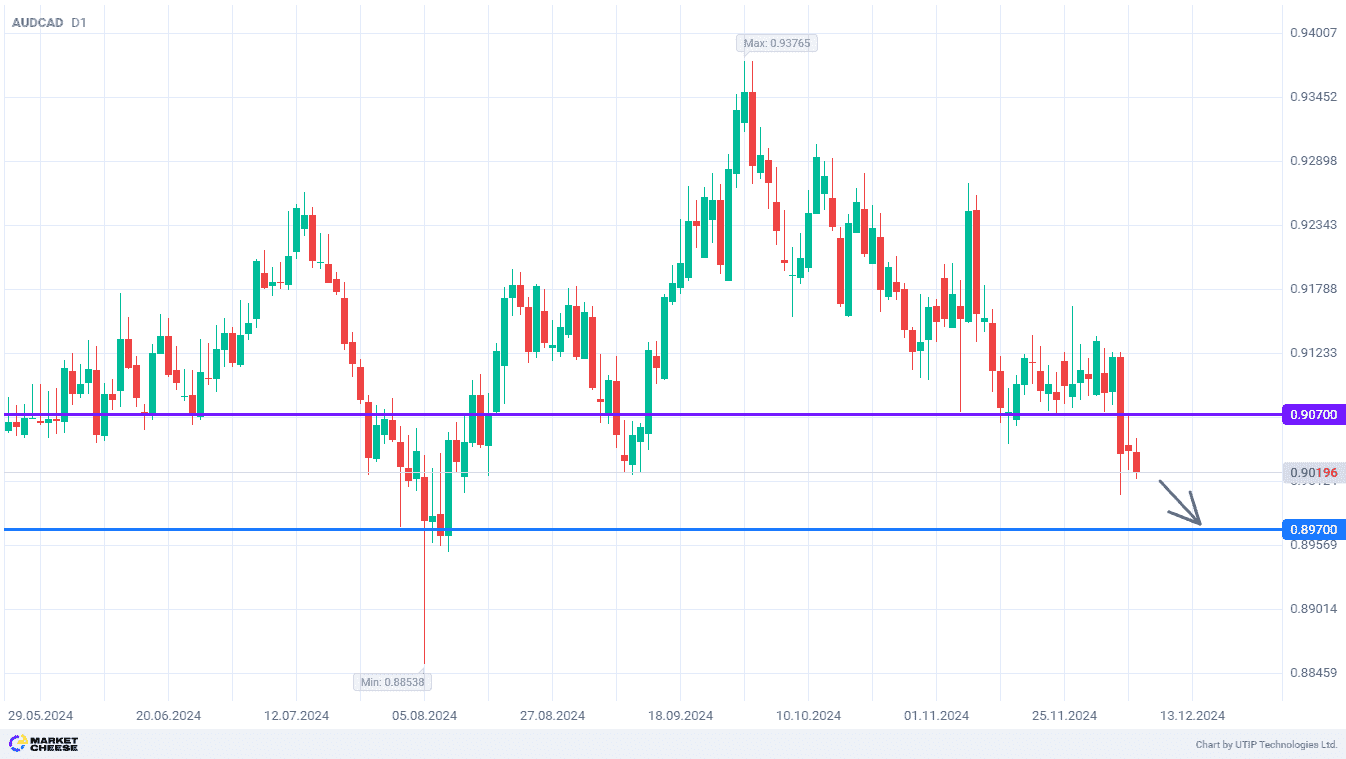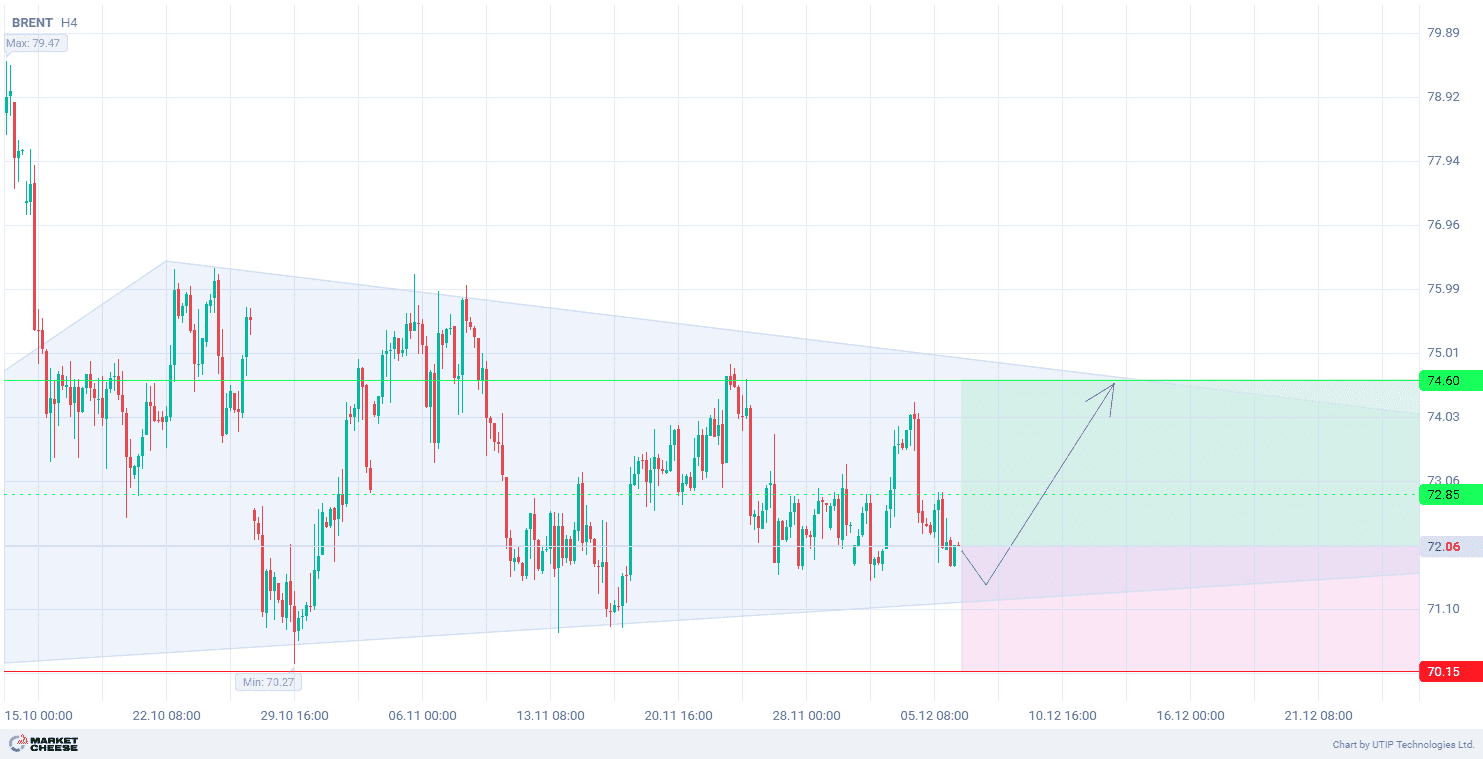The price of Brent crude stabilized on Friday after a two-day decline as traders focused on geopolitical developments in the Middle East and the supply outlook. Tensions in the oil-producing region remain the main factor behind the stabilization. US and Israeli officials met in Doha to discuss a possible resumption of ceasefire talks, although previous attempts have been unsuccessful. These talks are putting little pressure on the price of oil.
Escalating tensions could affect Iran’s oil infrastructure and disrupt supplies, so investors are keeping a close eye on incoming information.
Oil traders are also looking for more clarity on economic policy in China, the world’s second largest consumer of black gold. On Friday, the People’s Bank of China (PBOC) kept its one-year loan prime rate at 2% while withdrawing 89 billion yuan ($12.5 billion). This signals a cautious approach to stimulus by the Chinese authorities.
These measures will allow banks to free up funds for lending, which should help the Chinese economy reach its growth target of around 5% this year.
The technical analysis of the Brent oil price shows the formation of a broad upward trend on the H6 timeframe. The price periodically tests the local trend lines of the channel. Now, the price is approaching the support within the channel, which indicates the possibility of an upward reversal from this level.
The Moving Average of Oscillator (parameters 12, 26, 9) is close to zero, which confirms the presence of uncertainty in the market. It can also indicate a short-term correction or consolidation within the channel. The zone of profitable buying is in the range of 72.90-73.80.
The short-term outlook for the price of Brent crude oil suggests buying with a target of 80.30. Partial profit taking is recommended at 77.50. A stop loss could be set at 70.30.
As the bullish trend is short term, the trading volume should not exceed 2% of the total balance to reduce risks.










